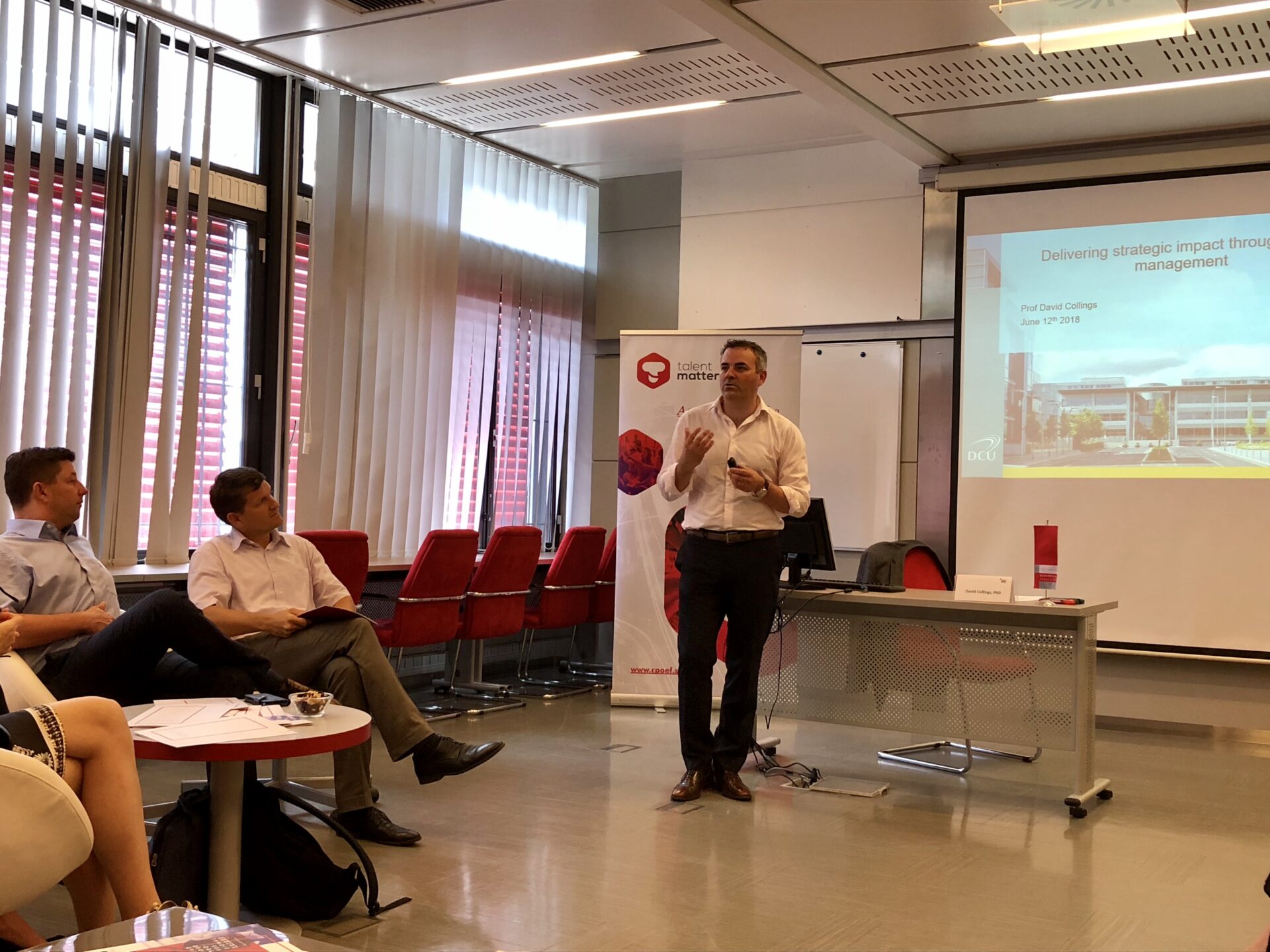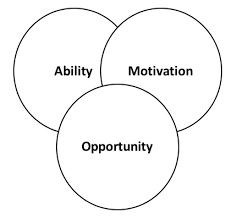
Nowadays everyone talks about talent management and how it can create the most enduring competitive advantages. However, many questions remain unanswered. How do organizations operationalize talent management? What do we mean when we talk about talent? How do organizations engage in talent management?
David Collings, one of the Most Influential Thinkers in the field of HR for four consecutive years gave his perspective on talent management throughout his workshop at the Faculty of Economics, University of Ljubljana.
He argues that adding talent management to the organization’s strategy will merely have any effect on organization’s performance if it is not done in a right way. And yes, we can argue what is right and what is wrong. But let’s make it clear – nothing is right and nothing is wrong. It all depends on the organization and the culture within. Yet there are some directions on how to implement talent management. First, it is extremely important to understand that talent management is a job of the whole organization. It has to be aligned with the organization’s strategy and it has to fit in the culture of the organization.
Very often, it happens that companies are looking for people first and only later they try to find or even “create” a position for them. But then how do they know if the person fits the position? They cannot! It is, for that reason, important for the companies to understand where the value comes from, which are the critical roles and what kind of skills and knowledge is required from the future employees. The starting point here is the definition of critical roles and not the employees. Only when the critical roles are defined, recruiters can start looking for people to best fit in these roles. And the place to look for them is in their talent pool.
Collings described talent pool in a very simple and elegant way. “Talent pool are people who can and are motivated to grow.” But again, who is a talent? Talent is an individual with ability, motivation and opportunity to grow. Let’s imagine for a second a young boy wanting to become a professional football player. First of all, he needs to be able to play it – the ability to kick the ball, to run and to learn. But if this young boy does not have the motivation to play, he will stop once he becomes a teenager. It is crucial that an individual has motivation, dedication, drive, ambition, and eagerness to learn in order to succeed and take advantage of the ability one possesses. Lastly, ability and motivation are not enough if there is no opportunity to succeed and develop the potential inside.

Once the critical roles are defined and the need for new positions is identified, the fun part begins. How to find, attract and recruit talents? Where to look for talents? So many companies are trying to find talents outside the organization and are not even considering the development of the talents from the inside. At first glance, it might seem that the grass is greener on the outside, but as a quote says: “If you take the time to water your own grass, it would be just as green.”
There are various advantages of looking for talents within the company. Not only that the cost of recruiting is lower but also the chance for high performance in a new team is higher. According to Collings, there is a 50% chance that a person will perform as high as it performed before. Talking about top management positions, there is only a 20% chance for high performance. One of the main reasons for the decrease in performance is that individuals are trying to implement old practices in the new environment. Every company is unique and therefore needs special “treatment”. Google might have a great talent management practices, but would Google practices also work in Slovenian companies?
Talent management is a two-side process. On the one hand, there are organizations and on the other, there are talented individuals. As it is important for organizations to analyse their needs, it is also important for talents to specify what they are searching for. Recognition, career development, internal worth, and exposure to senior leaders are just some examples of what drives an individual to a specific organization. A study from PwC, “Connecting the dots: how purpose can join up your business” showed that emphasising purpose within the business helps build better employee engagement, brand reputation, and customer loyalty.
To wrap up, talent management is important but not on it’s own. Organizations should define the critical roles, find the individuals who fit in the roles and organization. Lastly they should create an environment that makes employees feel like an asset for the organization. As an organization, remember to define the purpose and make people believe in it!
We will host David Collings at the 2nd Talent Management conference “Talent Matters”.
Source:
PwC Global. Connecting the dots: how purpose can join up your business. Retrieved from https://www.pwc.com/gx/en/ceo-agenda/pulse/purpose.html